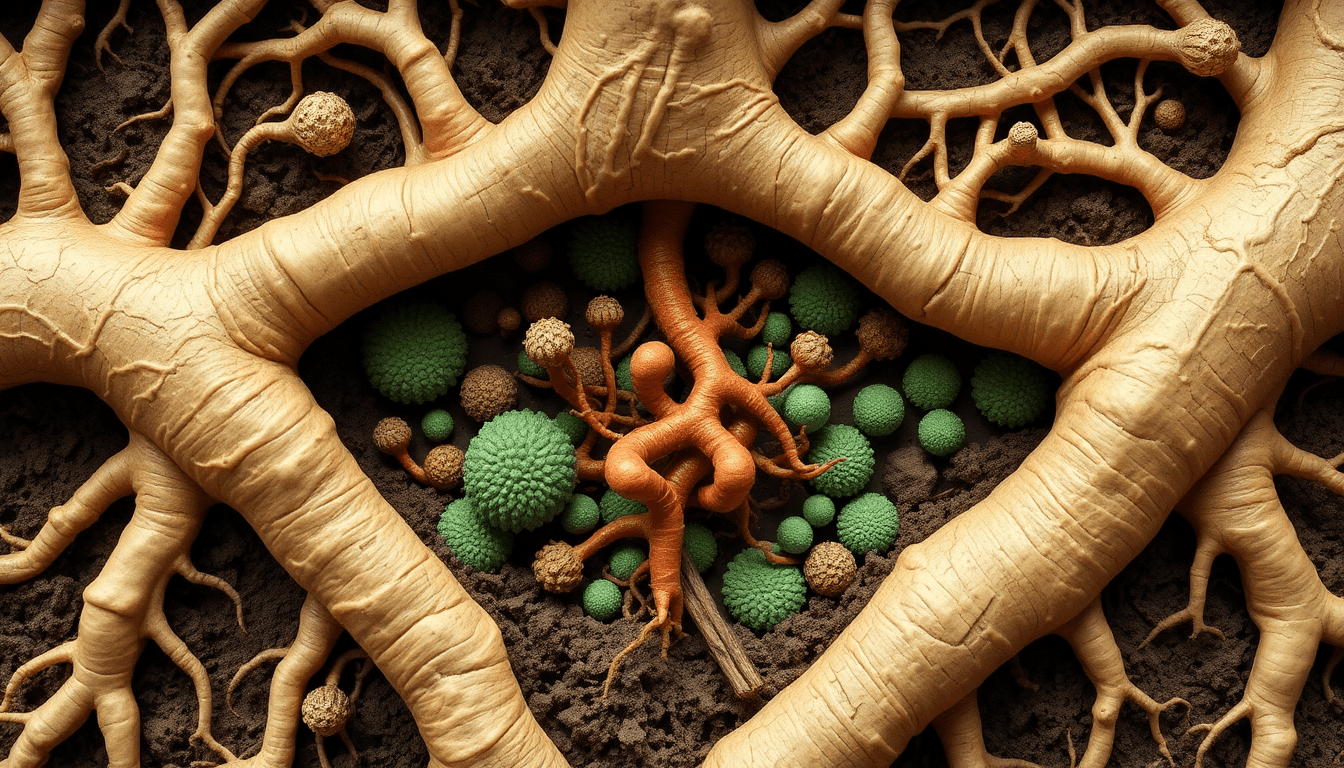
Shared Bacterial Phyla Connecting Rhizosphere and Human Gut Microbiomes
Shared Bacterial Phyla: Connecting Rhizosphere and Human Gut Microbiomes
Microbiomes shape life in many environments, from the soil that nurtures plants to the depths of the human gut. These complex microbial communities influence health, growth, and well-being. Scientists have found intriguing links between two very different microbiomes: the rhizosphere around plant roots and the human gut. Understanding shared bacterial phyla rhizosphere gut can open doors to new insights in health and agriculture.
Understanding the Rhizosphere and Human Gut Microbiomes
The rhizosphere microbiome is the community of microorganisms living in the narrow soil region surrounding plant roots. It plays a vital role in plant growth by improving nutrient uptake, protecting against diseases, and helping plants adapt to stress. This environment is rich in bacteria, fungi, and other microbes specially adapted to interact with plants.
In contrast, the human gut microbiome consists of trillions of microbes living in our digestive tract. These microbes help digest food, support immune function, and influence mental health. Despite differences, both microbiomes are essential for health—plants depend on soil microbes, and humans depend on gut microbes.
Shared Bacterial Phyla Rhizosphere Gut: Key Players
Several bacterial phyla are common both in the rhizosphere and the human gut, highlighting a fascinating overlap.
Bacteroidota: Roles and Presence in Both Environments
Bacteroidota (formerly Bacteroidetes) are prominent in the human gut, known for digesting complex carbohydrates and producing beneficial short-chain fatty acids. In the rhizosphere, they participate in breaking down organic matter to release nutrients for plants. Their presence in both ecosystems underscores their versatility and importance in nutrient cycling.
Proteobacteria: Their Significance and Overlap
Proteobacteria comprise a broad group including many beneficial and some pathogenic species. They play key roles in nitrogen fixation in soils, aiding plant nutrition. In the gut, some Proteobacteria are beneficial, contributing to immune regulation. The overlap in these bacteria suggests shared functional roles across soil and gut environments.
Actinobacteria: Contributions to Rhizosphere and Gut Health
Actinobacteria are known for producing antibiotics and promoting plant health by suppressing pathogens. In the gut, they contribute to breaking down complex compounds and maintaining microbial balance. Their dual role helps both soil ecosystems and human health thrive.
Rhizosphere Microbiome Composition and Its Connection to Gut Health
While the rhizosphere and gut microbiomes differ in specific species, they share core bacterial groups. Factors like environment, diet, and host genetics influence which microbes thrive. Soil types, plant species, and agricultural practices shape the rhizosphere microbiome composition.
Similarly, individual diets, lifestyle, and health status affect gut microbiome balance. The similarities in bacterial phyla suggest a potential functional overlap driven by nutrient processing and immune support.
Microbial Interaction Between Soil and Gut
Microbes can transfer indirectly between soil and gut through food and environment. Eating raw or minimally processed plant foods exposes the human gut to soil-originating microbes. Though many soil bacteria cannot colonize the gut, some shared bacteria may transiently interact or influence gut health.
Studies have shown that exposure to diverse soil microbes can enhance immune system development. Such microbial exchange highlights how our environment shapes our gut microbiome and overall well-being.
Gut Microbiome and Plant Interaction
Diet rich in plant-based foods feeds beneficial gut bacteria like Bacteroidota and Actinobacteria. These microbes help extract nutrients and synthesize vitamins, reinforcing gut and overall health.
Meanwhile, the role of soil microbes in plant nutrition directly impacts the quality of the food we eat. Healthy soil microbiomes improve crop nutrient content, which in turn supports a healthy human gut. This cycle connects soil health to human nutritional status.
Implications for Personalized Gut Health Solutions
Recognizing the shared bacterial phyla rhizosphere gut paves the way for tailored gut health strategies. Knowing which microbes support both plant and human health helps develop personalized advice focused on diet and environment.
Tests like InnerBuddies’ microbiome test can identify your unique gut microbial composition. This information guides personalized recommendations that include plant-based foods supporting beneficial bacteria shared with the rhizosphere microbiome. Personalized gut health solutions can promote better digestion, immunity, and overall wellness.
Conclusion
The shared bacterial phyla between the rhizosphere and human gut reveal deep connections between soil and human health. Groups like Bacteroidota, Proteobacteria, and Actinobacteria play key roles in both environments, highlighting the overlap.
As research progresses, understanding these links will help us improve personalized gut health approaches and agricultural practices. Combining microbiome science from soil and human studies offers exciting possibilities for better well-being and ecosystem health. Taking the first step with tools like InnerBuddies’ microbiome test can unlock your path to a healthier gut and a stronger connection to the world beneath your feet.

